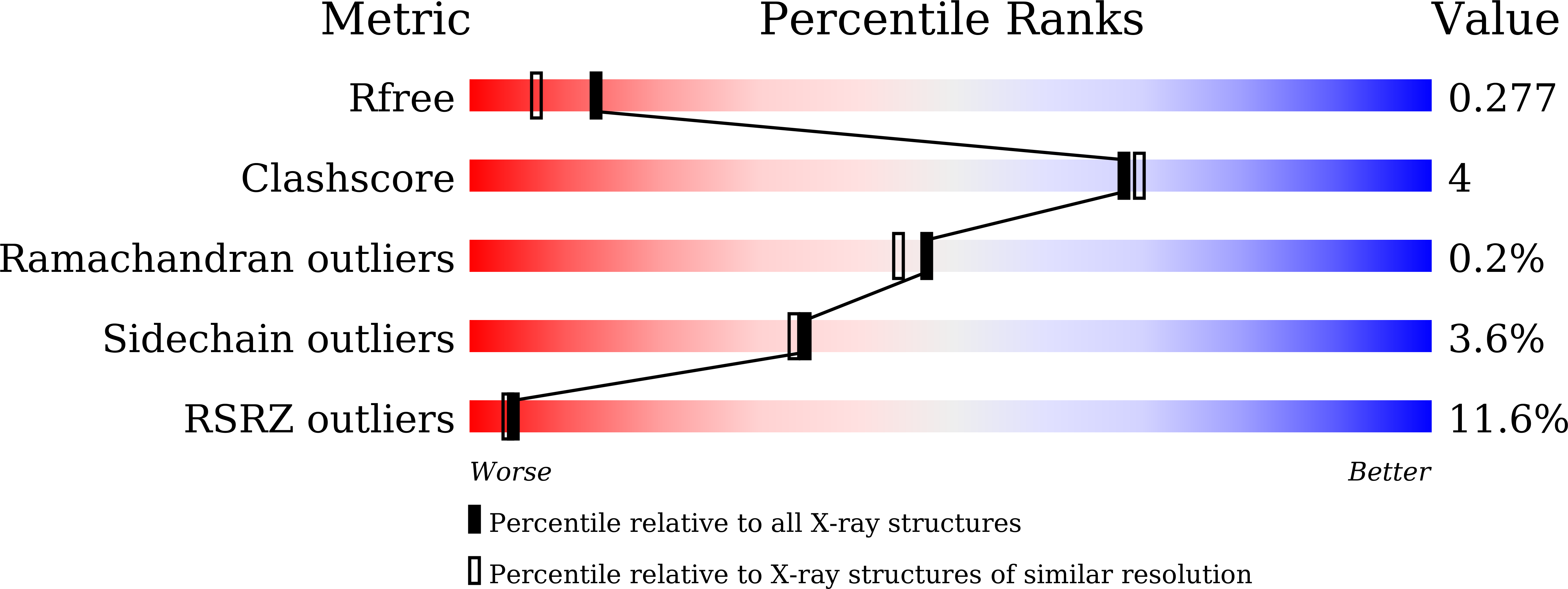
Deposition Date
2023-11-07
Release Date
2023-11-22
Last Version Date
2025-01-29
Entry Detail
PDB ID:
8X1H
Keywords:
Title:
Crystal structure of N-terminal domain of Nucleocapsid protein of SARS-CoV-2
Biological Source:
Source Organism:
Host Organism:
Method Details:
Experimental Method:
Resolution:
2.00 Å
R-Value Free:
0.27
R-Value Work:
0.23
R-Value Observed:
0.23
Space Group:
P 21 21 21


